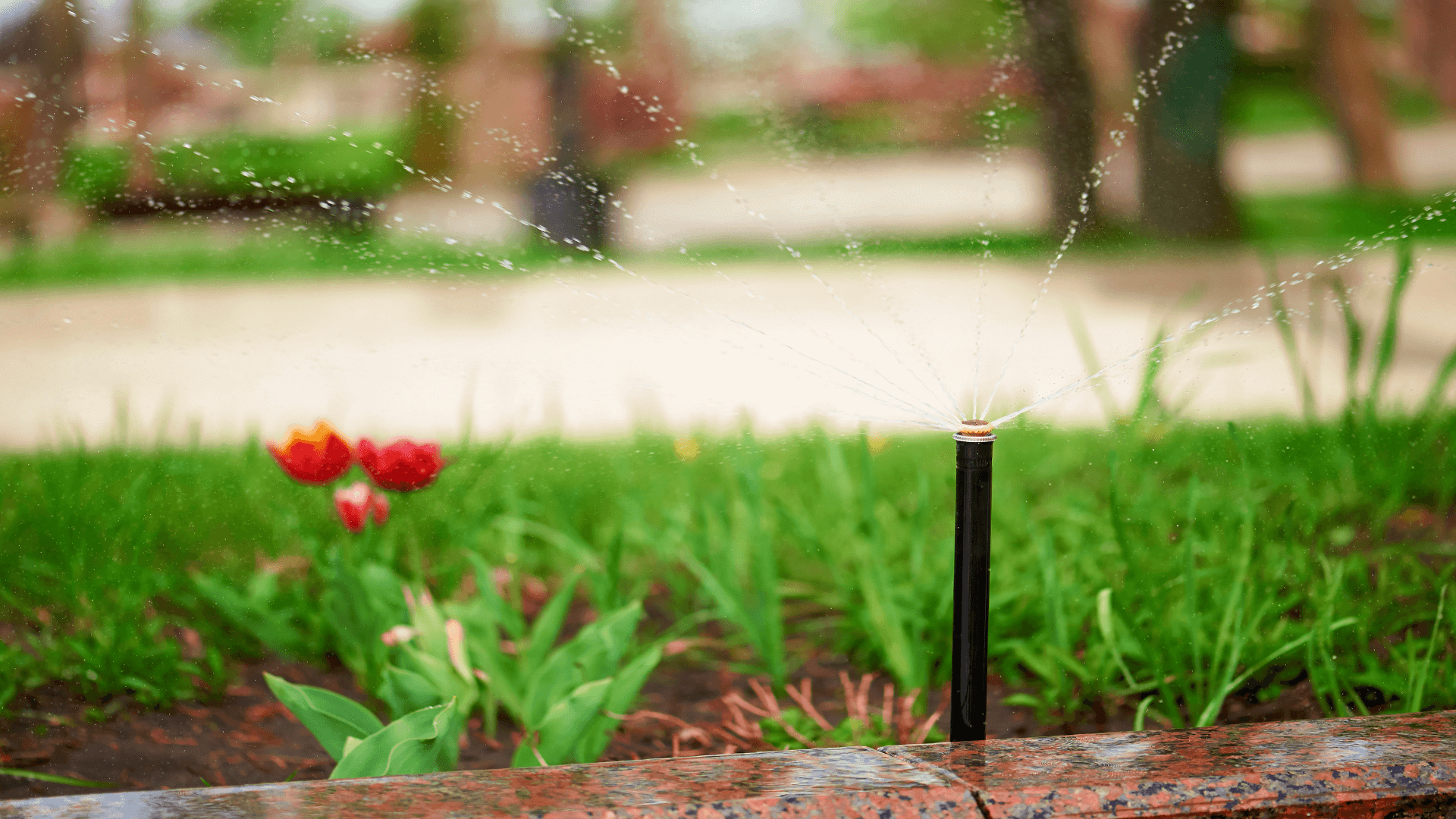Protecting your lawn and garden during periods of extreme heat is crucial to prevent damage and maintain their health. Here are some tips to help you protect your lawn and garden during hot weather:

water deeply and infrequently:
Water your lawn and garden deeply to encourage deep root growth. This helps plants become more resilient to drought conditions. Watering deeply two to three times a week is generally better than shallow watering every day. Water in the early morning or late evening to minimize evaporation.
mulch:
Apply a layer of organic mulch around your plants and on your garden beds. Mulch helps retain soil moisture, regulate soil temperature, and reduce weed growth. Use materials like wood chips, straw, or shredded bark as mulch.
adjust mowing height:
Raise the cutting height of your lawn mower during hot weather. Longer grass shades the soil and reduces moisture loss. Taller grass also develops deeper roots, making it more drought tolerant.
time your lawn care task:
Schedule lawn care activities, such as mowing and fertilizing, for cooler parts of the day to minimize stress on your grass. Avoid working on your lawn during the hottest hours of the day.
provide shade:
Use shade cloth or row covers to create temporary shade over delicate plants or sensitive areas of your garden. Shade can help reduce heat stress and protect plants from direct sunlight.
avoid fertilizing during extreme heat:
Fertilizing during hot weather can stress plants further. Postpone fertilization until cooler temperatures prevail. If necessary, choose a slow-release or organic fertilizer that won’t cause a sudden surge of growth.
weed control:
Remove weeds regularly to reduce competition for water and nutrients. Weeds can quickly take advantage of weakened plants during hot weather. Use mulch or hand-pull weeds to prevent them from establishing and spreading.
limit foot traffic:
Minimize walking or heavy equipment usage on your lawn during extreme heat. Extra stress on the grass can lead to damage and compaction, making it more difficult for the grass to withstand heat stress.
protect container plants:
Move potted plants to a shaded area during the hottest parts of the day. Containers can heat up quickly, potentially damaging the roots of your plants. Grouping containers together can also create a microclimate that retains moisture and provides some shade.
monitor and provide extra care:
Regularly monitor your lawn and garden for signs of heat stress, such as wilting, yellowing, or drooping leaves. Give extra attention to vulnerable plants by providing additional water or shade when needed.
use drip irrigation or soaker hose:
Consider using drip irrigation or soaker hoses instead of overhead sprinklers. These methods deliver water directly to the root zone, minimizing water loss through evaporation and reducing the risk of leaf burn.
be mindful of water restrictions:
If you live in an area with water restrictions, follow the guidelines and adjust your watering schedule accordingly. Find ways to conserve water, such as collecting and reusing rainwater.
Follow these tips and you can help protect your lawn and garden from extreme heat and maintain their health throughout hot weather conditions.

